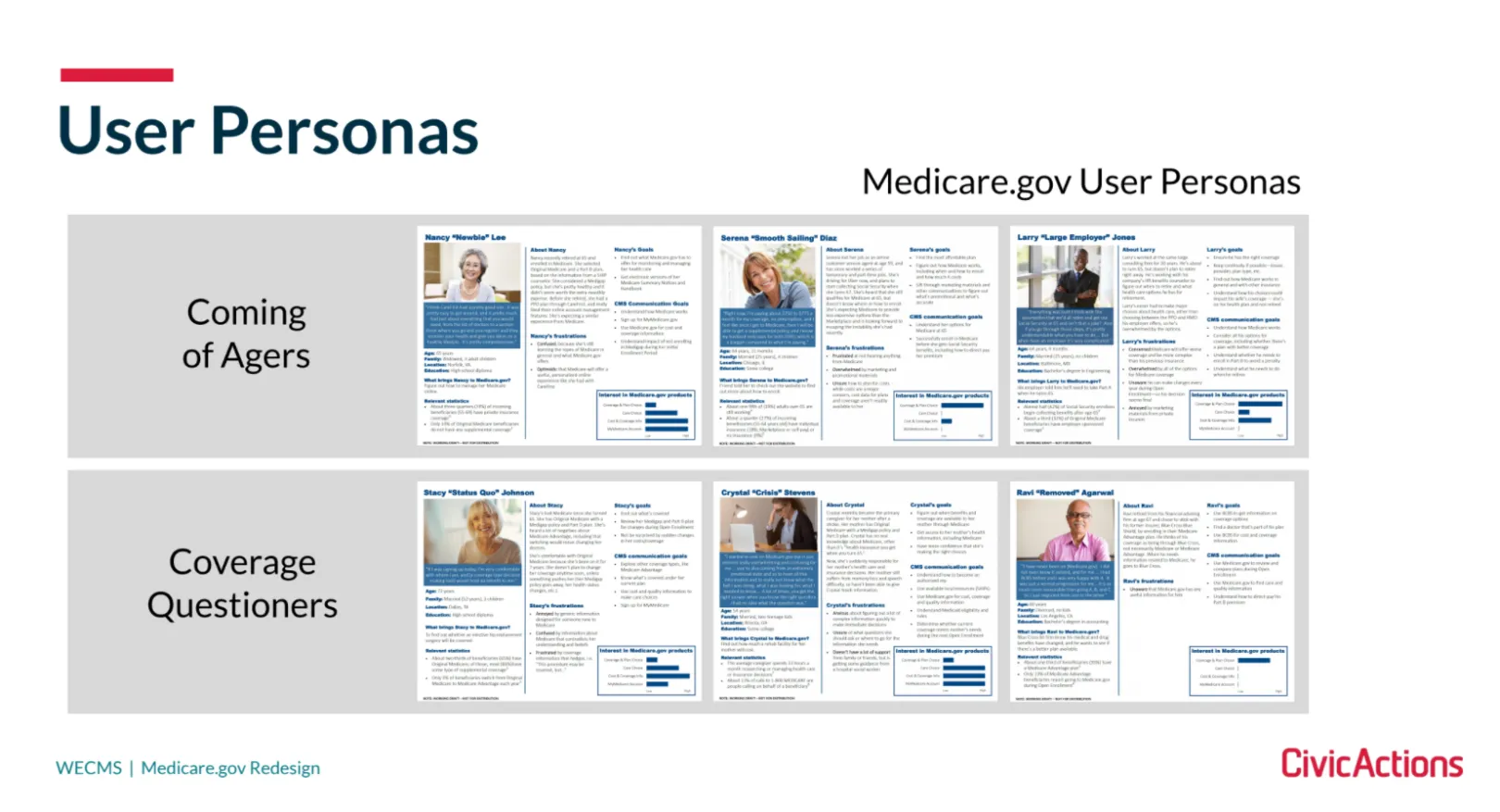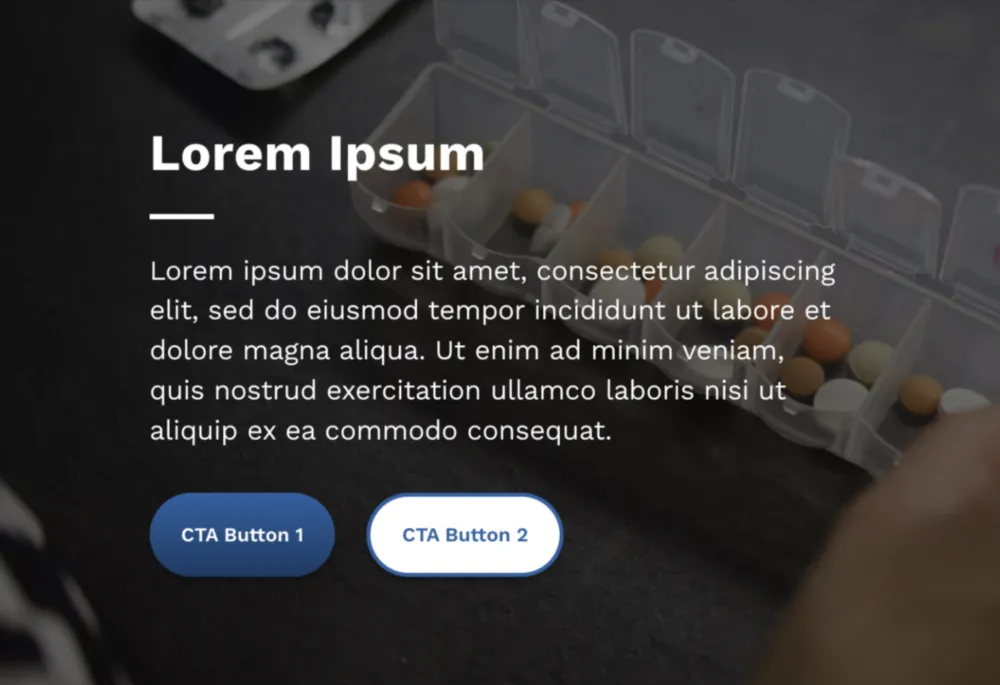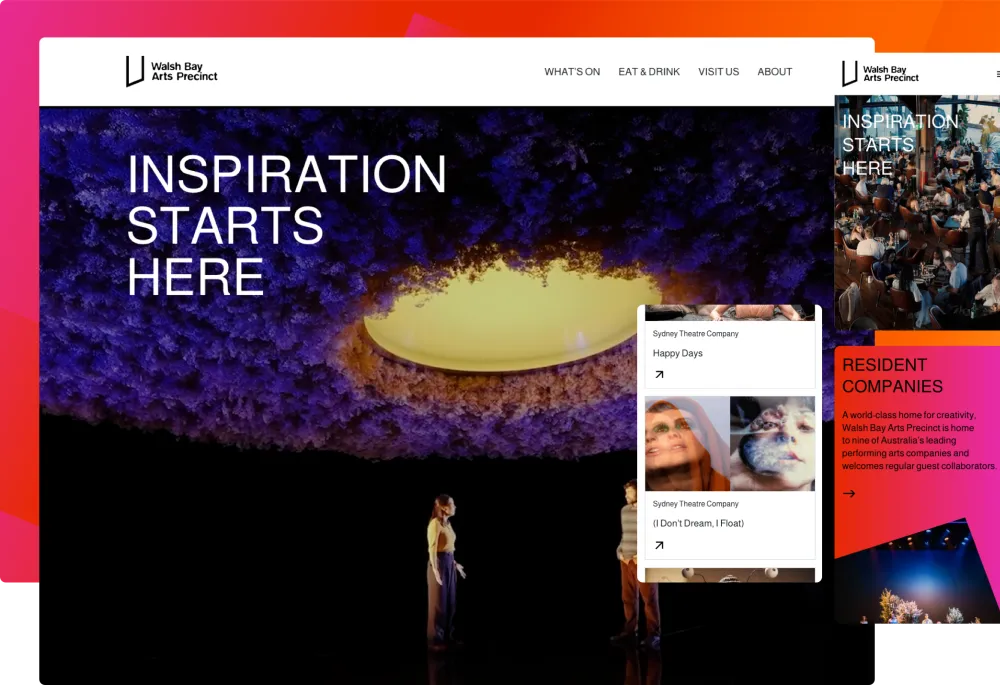Sector(s)
The Centers for Medicare and Medicaid Services (CMS) provide healthcare benefits to millions of people every year. But the websites and digital tools that help people find and enroll in these programs were built on a myriad of aging technologies and were confusing to navigate. CMS needed to streamline and update its online platforms to improve the customer experience while establishing more efficient backend workflows for agency staff. This was an enormous and complex task, involving the modernization of Medicare.gov, CMS.gov, CMS open data portals, and many other public facing apps that serve multiple user groups — including beneficiaries, caregivers, health providers, data professionals, and government stakeholders.
When this multi-year transformation is complete, CMS will be able to deliver on its mission more effectively. CivicActions is providing agile development, DevOps, and human-centered design (HCD) services to help the agency:
- Improve the content editing experience for staff
- Modernize legacy systems and tools
- Replace proprietary technologies with open source
- Support active, informed healthcare consumption
Collaboration is the key to success in a project of this scale and complexity. With multiple partner vendors — including Fearless, Lucky Rabbit, KPMG, and Oddball — and disparate stakeholders across many organizational layers, we work hard to keep lines of communication open and be up-front about potential problems.
Balancing stakeholder priorities, user needs, technical complexity, and CMS deadlines, we created a roadmap that minimizes risk and maximizes opportunities for success. Then we went to work on “quick wins” — tasks we could complete right away that would make the biggest difference for users.
Address the holistic customer experience
We knew that each CMS application is part of a huge public-facing ecosystem of digital tools, with many touchpoints. To address the entire experience that a person would have in navigating the systems, we drew on the agency’s own knowledge of their beneficiary community, working with them to refine and document how each person interacts with CMS online. The resulting holistic view helped us identify how we could improve that experience iteratively.
Adopt a data-driven strategy
To make sure we built the right solutions, we immersed ourselves in the CMS mission from the operational, technical, and UX perspectives. We dug into existing user research, reviewed analytics reports, conducted stakeholder interviews — then created user personas and journey maps to refine the project scope and goals. All this data is managed in a shared repository of user insights and project knowledge, which we refer to as we prioritize the work to be done.
Back to topReplace proprietary software with open source
We are “reverse engineering” multiple custom-built Microsoft.NET applications (such as the Medicare Eligibility and Premium Calculator and the congressionally-funded Physician Fee Schedule (PFS) Lookup Tool with modern, open source solutions. As we recreate all these applications in Drupal, we’re making guides and code documentation that outline the entire system — allowing CMS to maintain control of its own technologies and avoid vendor lock-in. We are also migrating CMS open data platforms from Socrata (proprietary) to an open source solution using DKAN 2.

Technical Specifications
Drupal version:


